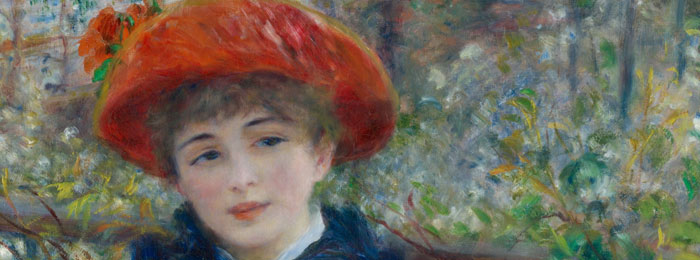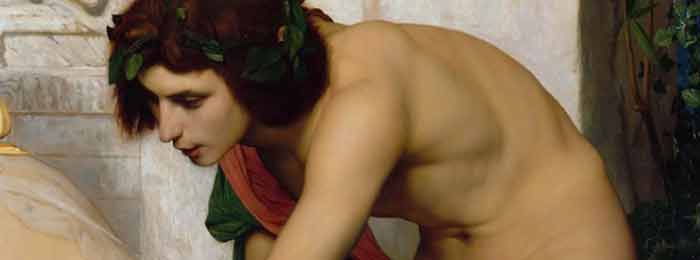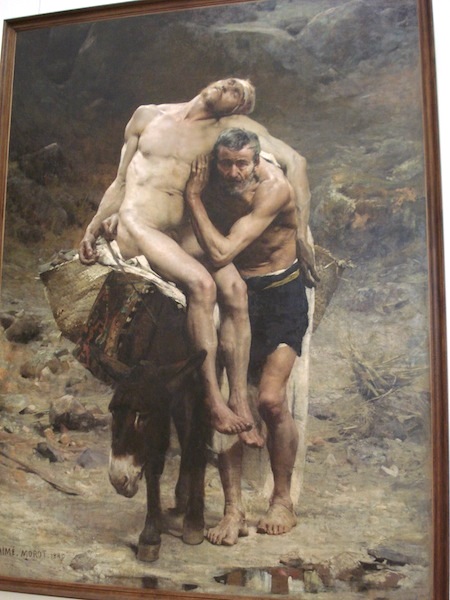On 28 Aug, 2015 With
Renoir’s Palette Pierre-Auguste Renoir was a French artist who was a leading painter in the development of the Impressionist style. As a celebrator of beauty, and especially feminine sensuality, it has been said that “Renoir is the final representative of a tradition which runs directly from Rubens to Watteau.” Renoir’s paintings are notable for their vibrant light and saturated color, most often focusing on people in intimate and candid compositions. The female nude was one of his primary subjects. In characteristic Impressionist style, Renoir suggested the details of a scene through freely brushed touches of color, so that his figures softly fuse with one another and their surroundings. One of the best known Impressionist works is Renoir’s 1876 Dance at Le…
Read More
On 28 Jun, 2015 With
Clothed female, naked male in Art Clothed female, naked (or nude) male is a genre of erotica featuring one or more nude men and one or more clothed women. In classical antiquity, the portrayal of nude male form in art (including the exposure of genitals) was considered to be more acceptable than that of the naked female form. This can be seen in the comparative portrayal of the classical theme of Perseus and Andromeda. In a wall painting of ancient Pompeii, Perseus is nude while Andromeda is fully clothed. By the renaissance, this view had reversed. For example, in Titian’s treatment of Perseus and Andromeda in mid-1550s, however, it is Andromeda who is nude – save for the barest wisp of fabric – while Perseus is clothed in armour. Depictions of…
Read More
On 26 Nov, 2011 With
Aimé Morot’s Palette Aimé Morot (1850–1913) was a French painter. Morot was born in Nancy, where he studied under a drawing master named Thierry. He later attended the atelier of Alexandre Cabanel in the Ecole des Beaux-Arts in Paris, but left after only two weeks to continue his studies independently. During this period he spent much of his time studying animals in the Jardin des plantes, and was later to become famous for his paintings of horses, lions and bulls. Despite his lack of attendance at the École, he won the Prix de Rome in 1873. The subject given that year was the Babylonian Captivity. The prize-winning painting is currently in the collection of the École des beaux-arts in Paris, and can be viewed on request. Morot married the daughter of Jean-Léon Gérôme….
Read More
On 25 Aug, 2011 With
Palettes of Famous Painters: The Degas palette The Degas palette above is from earlier in his career, when he was still using the earthy tones common to the Dutch tradition. It lightened considerably in later years as his subject matter altered. Although there are a number of prescribed ways in which to lay out oil paint – light to dark; as per the colour wheel; basic palettes of three colours and white – all artists begin by lining up pigments at the top of the palette and use the remainder of its space for mixing.
Read More




